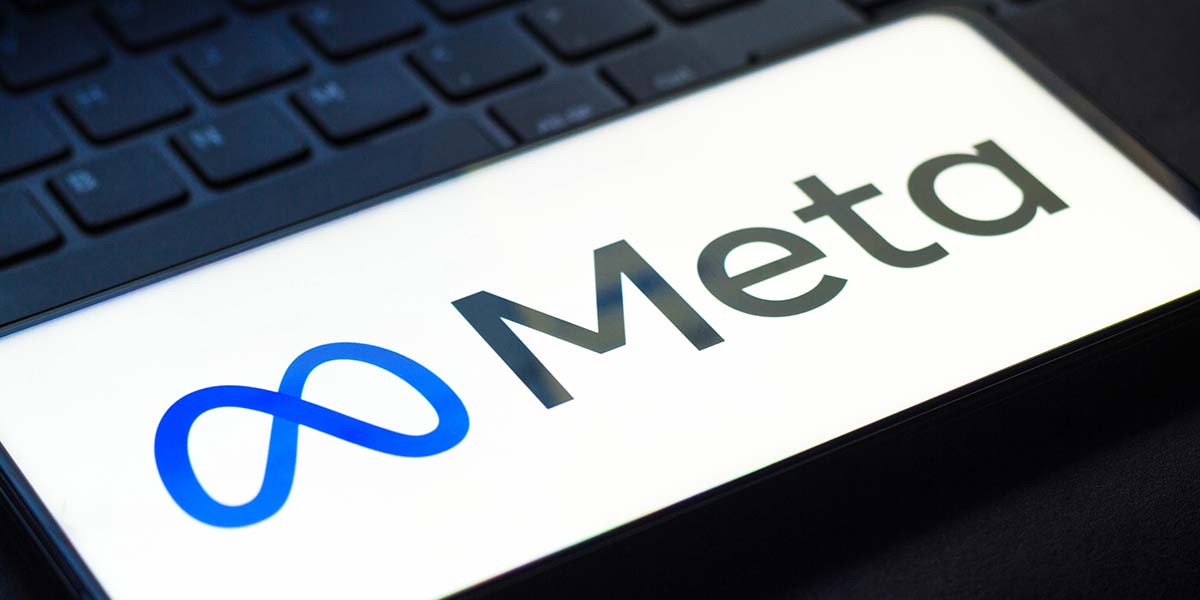Meta Platforms on Wednesday introduced its inaugural consumer smart glasses equipped with a built-in display, targeting momentum in the artificial intelligence-powered wearables market following the success of its Ray-Ban line.
CEO Mark Zuckerberg presented the “Meta Ray-Ban Display” glasses alongside a new wristband controller during Meta’s annual Connect event at its Menlo Park headquarters. Despite encountering some hiccups during a live demonstration, the product received a warm reception from attendees.
Zuckerberg positioned the new glasses as an ideal gateway to what he referred to as “personal superintelligence,” highlighting their ability to deliver AI-powered enhancements—such as improved memory, communication, and sensory perception—while allowing users to remain engaged in real-time environments.
The Meta Ray-Ban Display, retailing at $799 and available in stores beginning September 30, incorporates a digital screen in the right lens for core functions like notifications. Each pair comes with a wristband that interprets hand gestures for controls including responding to calls and messages.
The launch is Meta’s latest move to expand its hardware offerings and compete in the rapidly evolving AI landscape, where rivals such as OpenAI and Google have taken the lead in rolling out sophisticated AI models. Zuckerberg has recently boosted Meta’s AI ambitions with significant investments in AI chips and aggressive recruitment efforts.
Wednesday’s showcase also comes at a time when Meta faces ongoing scrutiny over its handling of child safety issues on its platforms. Reuters reported last month that Meta’s chatbots engaged children in controversial conversations; recent whistleblower claims suggest internal research into the impact of virtual reality on minors was discouraged.
In addition to the Ray-Ban Display, Meta launched Oakley-branded Vanguard smart glasses targeting athletes, priced at $499 and set for release on October 21. The Vanguard model links with Garmin and Strava, offers real-time performance data, and promises nine-hour battery life.
Meta also refreshed its original Ray-Ban collection, which now offers nearly double the battery life and an improved camera. Despite the lack of a display, this updated model enters the market at $379, up from the previous $299.
While analysts remain cautious about immediate mass-market adoption for the new Display model, they note the device underscores Meta’s trajectory toward an ambitious planned launch of “Orion” smart glasses in 2027.
Forrester’s Mike Proulx likened the Display’s debut to Apple’s early move into wearables. “Glasses are an everyday, non-cumbersome form factor,” he said, but Meta must still convince consumers of the device’s value proposition.
Functionality across the new and existing products includes integration with Meta’s AI assistant, hands-free controls, livestreaming, and compatibility with Facebook and Instagram.
IDC’s Jitesh Ubrani called the Display glasses “great value for the tech,” though he underscored a need for software advancement. IDC expects global shipments of smart glasses and AR/VR headsets to surge by 39.2% in 2025, led by demand for Meta’s more affordable Ray-Ban models.




